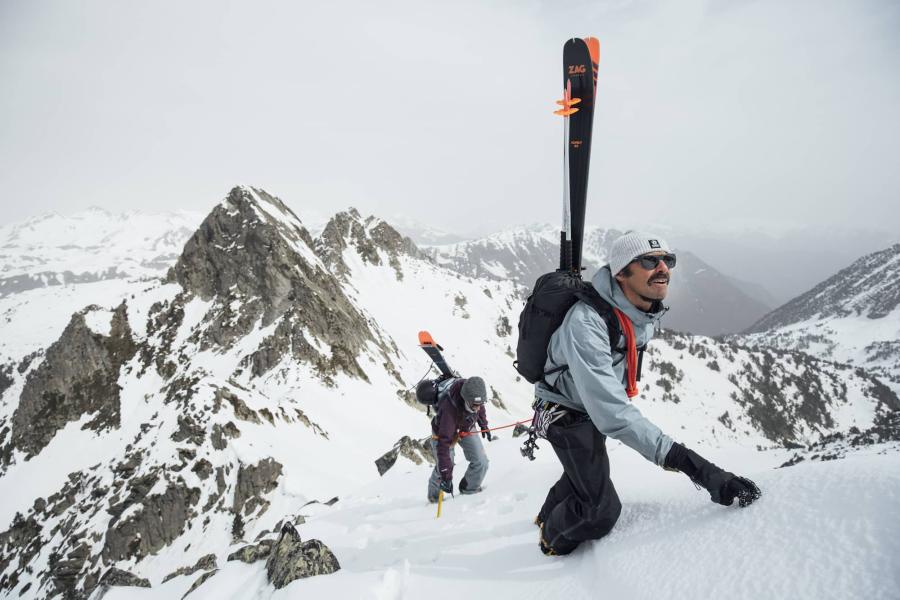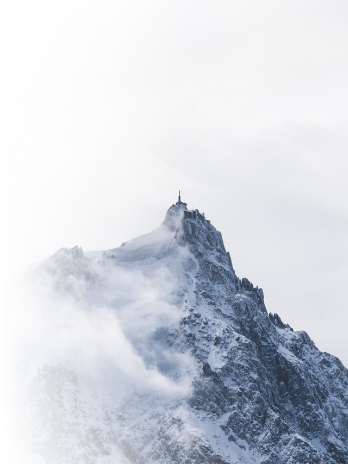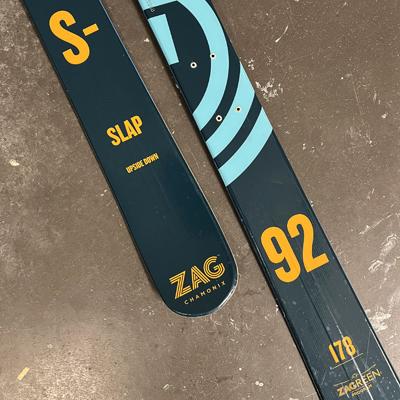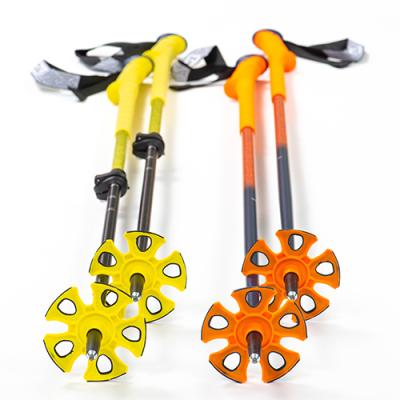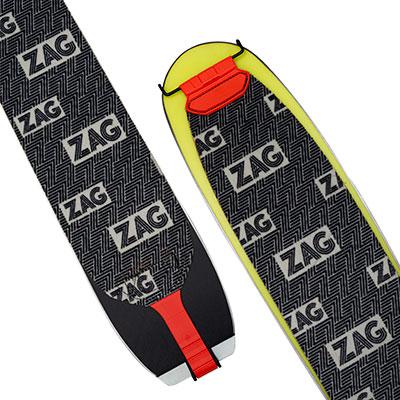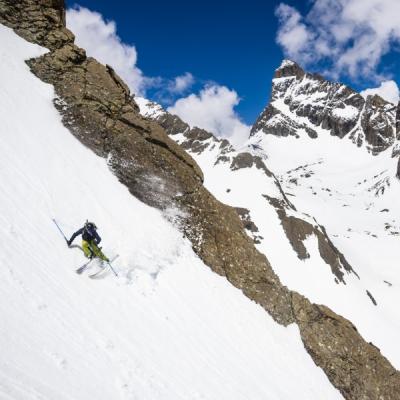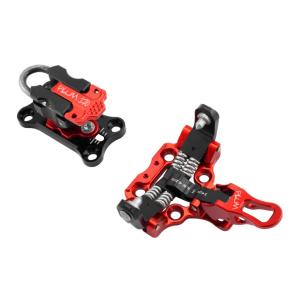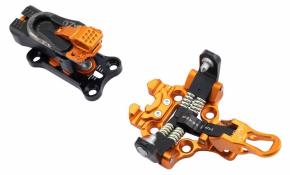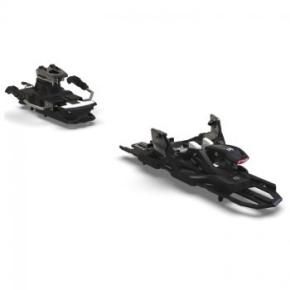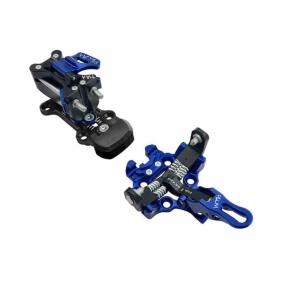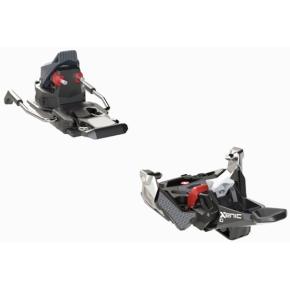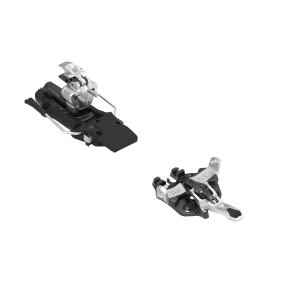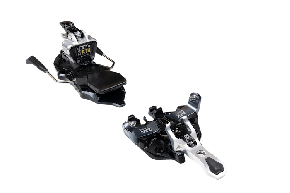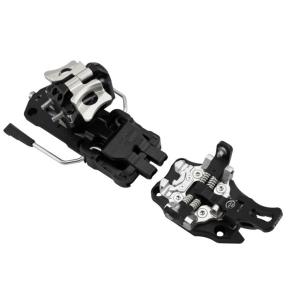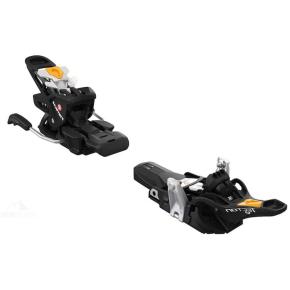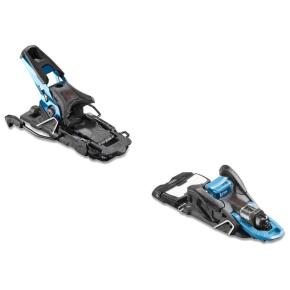How to choose your skis and bindings pack for ski touring?
How to choose my skis?
If you want to choose well your next pair of skis, you need to consider a few factors:
the kind of practice you would like to focus on, your technical level, your frequency of use, your morphology and all the ski’s technical caracteristics. Depending on the conditions you may direct yourself to a polyvalent or more specific ski, a more comfortable one or efficient.
To a tolerant and accessible ski or a more exclusive one. We know that there is an ideal ski for each and every skier and for every kind of practice.
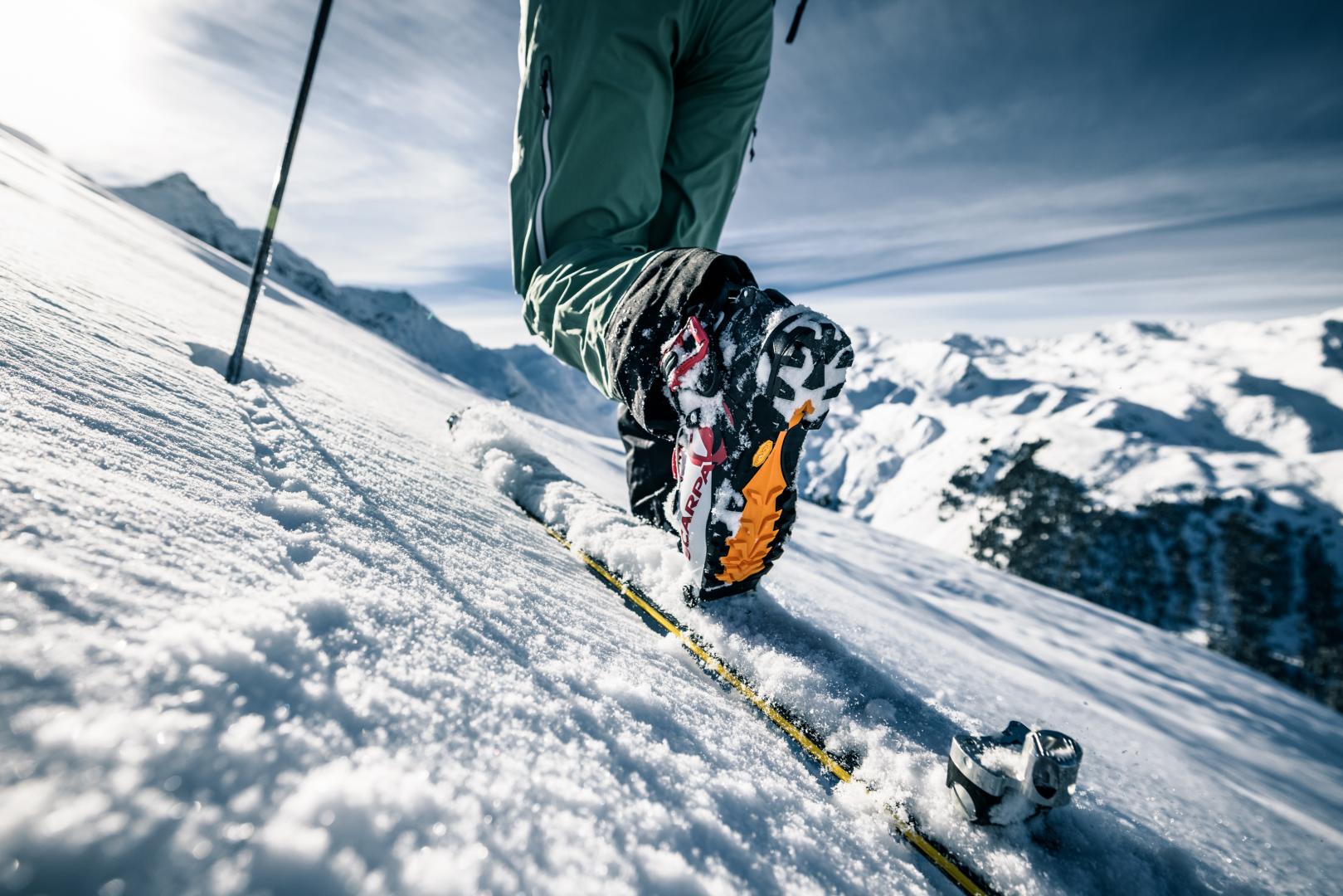
I have a practice oriented towards ski touring and freetouring
If you’re looking for skis to ski tour, the weight of the pair will be the basis of your reflection.
You may prefer a lighter ski to go faster on your way up or a slightly heavier pair to carve those nice freeride postcards turns in the powder. The wideness is also a decisive point.
You can choose a wider ski for a higher level of lift in the deepest powders or a narrower one for a better grip on hard snow.
Also keep in mind that the size of the ski is not only determined by the size of the skier. You can choose a shorter ski for more maneuverability and convenience or a longer one for stability in high speed. To get a concrete idea, you can look at our ski touring range: ADRET and UBAC in their numerous declinations, developed in order to answer every skier need. And with the aim of choosing the ideal pair for you, do not hesitate to refer yourself to our size guide
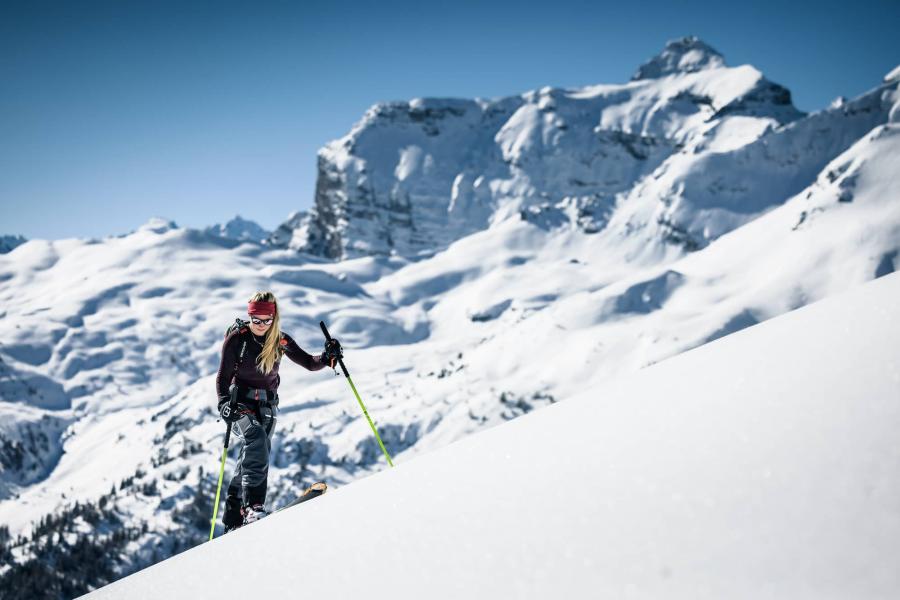
How to choose my bindings?
1 -The caracteristics
Freetouring bindings varies according to a set of criteria that will guide your choice. Here some of them:
- Bindings weight: probably the number one driver for your choice
- DIN/ISO values: The weight index under which the security system is triggered in case of a fall. Adjustable on some bindings.
- Materials: The quest to lightness involve the use of technical materials such as carbon and aluminum.
- Crampons/ Couteaux: Not always included not to weight down the bindings if the skier does not consider the use of them necessary.
- Hiking wedges position: It’s the degree of forward tilt that you can adjust under your heel with those wedges, to facilitate the ascent.
- Adjustment: The number of millimeters of adjustment under the till or the heel that allows you to adapt your bindings to different size of boots.
- Fabrication location: You can know if the binding of your choice is locally designed, in order to reduce the carbon impact of your purchase.
- Ski boots compatibility: The models of ski boots that can work with your bindings, what let you know if the standards of your ski boots matches your binding choice You need boots with inserts or plate bindings.
- Stoppers or not: All bindings are not equipped with stopper, if you want bindings compatibles with stoppers make sure that they have the option.
2 - Stoppers or leash ?
Ski touring bindings can be equipped with stoppers or leash, 2 systems to prevent your ski to go down the mountain on its own when they are not on your feet. There are advantages and inconvenient to both that we are going to detail for you:
Between stoppers and leash: what are the differences ?
LEASH
- Correspond to any width
- Risk of taking the ski in your face in case of a fall because the skis stay attached to your feet even if the bindings come off.
- No need to search for you ski in the snow to relaunch after a fall.
- Risk of getting caught in an avalanche if your ski is taken and your feet stay attached by the leash.
STOPS SKIS
- You need to chose your stoppers regarding the width of the ski
- Less risk of taking the ski in your face in case of a fall because the ski is no longer attached to your feet.
- You can lose your ski in the snow after a fall, finding it take some time.
- Less risk of being caught in an avalanche if the ski is taken because it is no longer attached to your feet if it comes off.
3 -Different bindings types: plate bindings, Low Tech bindings, hybrids bindings.
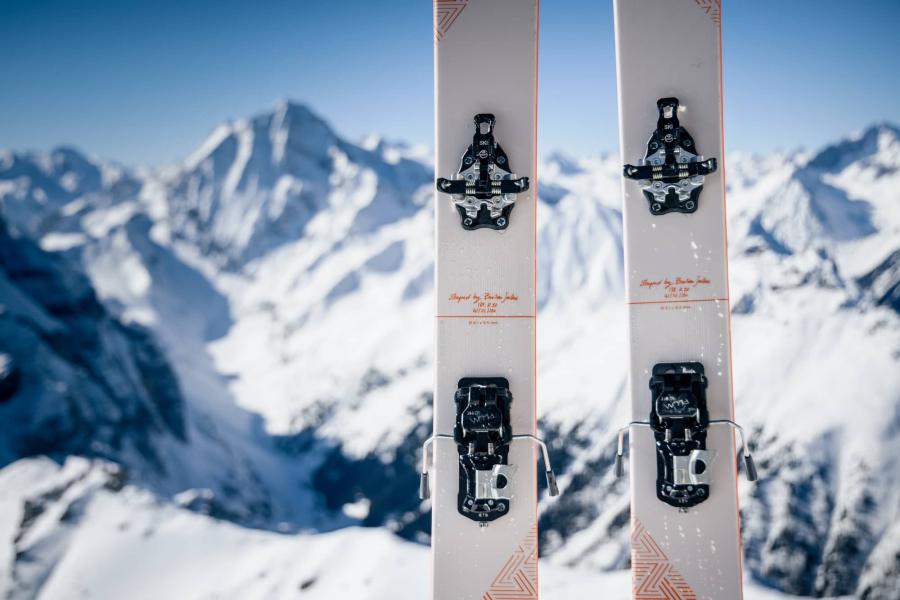
Plate bindings are nowadays outdated, they were the first to offer a high degree of versatility in the ski touring area. All the advantages of an alpine binding reunited: safety, ease to use, a wide range of heel and till adjustment; and its main asset to go into hiking mode with a system of separation of the ski and the heel piece without disassociating it from the plate connecting it to the front stop. A system which combine versatility and safety, to explore beyond the marked pistes, but not to conquer summits. Indeed, the main limit of this system is the weight.
A lighter system has been developed by Dynafit, Low Tech for a “low weight” binding. The patent became public in 2007. Low tech bindings are equipped with “pins” or stems which are placed in the inserts provided for this purpose on the touring boots at the front stop and the heel piece. Regarding security, those lighter bindings have a particular opening system in case of a fall. It is first your heel that is freed, either by lateral release with a foot rotation, or by a vertical triggering with a spacing of the talloniers stems. Then the ski boot gets separated from the front stop by opening of the jaws. The big defect of those Low-tech bindings, is that the lightest and therefore the simplest, are the least secure. We are talking here about bindings with non-adjustable DIN. Meaning that if the DIN is not chosen correctly and precisely according to the weight and the level of the skier, there’s a risk of untimely heightening or not heightening at all. If you have the slightest doubt, do not hesitate to get in touch with our team to be advised. It is here a matter of safety where mistake is not an option.
Ski touring Low tech bindings manufacturers are trying to get as close as possible to alpines bindings standards, featured in the chart below. You can refer yourself to those values as an indication for the choice of your touring bindings but keep in mind that those standards are not applied strictly to touring bindings ‘s manufacturers. It is your responsibility to pick you Low tech bindings corresponding to your level and you weight in order to avoid approximations that could lead to an accident.
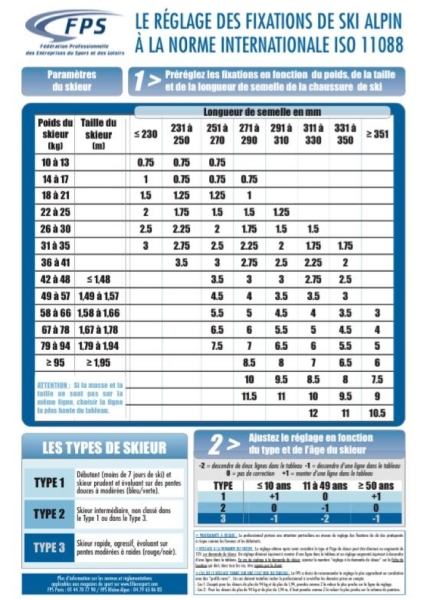
To fit into the security standards, some touring bindings technologies have grown more complex and therefore got heavier. We are not talking about Low tech anymore but Hybrides bindings, offering to skiers in search of the best compromise a safest system, pretty light compared to alpine bindings.
4 -Weight / safety compromise
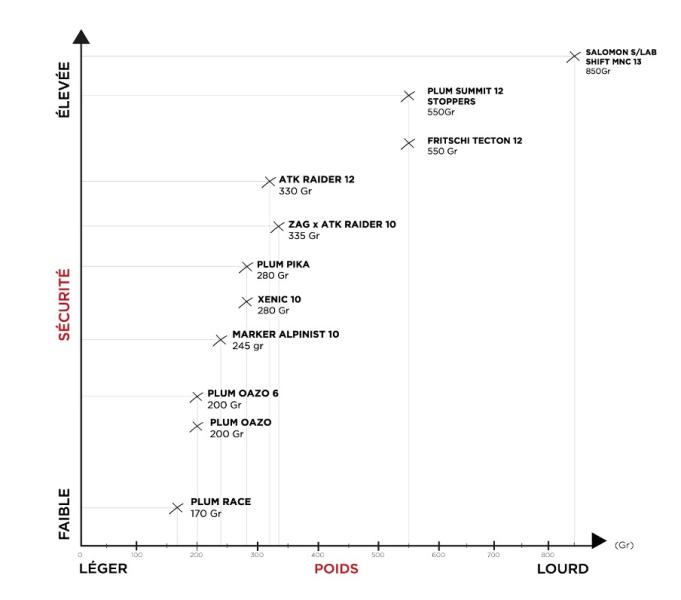
I’m looking for some bindings for my ski touring pair: What pack to choose?
1 -For a 75-90 ski width
What are the bindings to choose for touring skis between 75mm and 90mm width?
If you’ve chosen a light ski with a width between 75 and 90 for your mountain’s gateways, you’d better associate it with a light binding, to the extent of your security requirements.
We offer on the “light” ski touring market, the line ADRET at ZAG. With those skis we recommend choosing a binding under 300 grammes to stay under 1.5kg per ski.
Let’s say you prefer a binding with frontal and lateral triggering, adjustable for an elevated level of security, you can turn to the Plum Pika binding that weight 280 grammes without stoppers. Combined to an ADRET ski (approximately 980 grammes), you’ll have a pack under 1.3kg. You will be able to fly up to the top, and treat yourself down unexplored line, fully confident with your skis. If t the end you still want to save a few grammes, you can have a look to the OAZO models (6 or 8 depending of the DIN value you want)
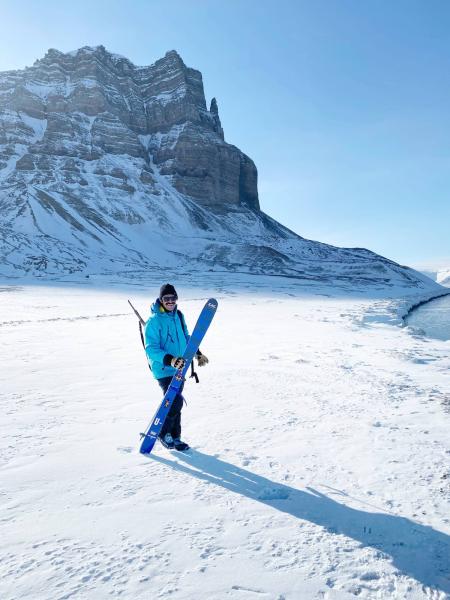
2 - For a 90-110 ski with
What are the bindings to choose for touring skis between 90mm and 110 mm width?
If you’ve chosen the path of ski touring and freetouring with a 90 to 110 ski, you won’t need a super light binding. You can benefit from the safety of a hybrid binding, from 330 grammes with stoppers. A freetouring ski just like our UBAC line would be perfect combined with the ATK Raider 10 binding, Plum Summit 12 stoppers or the Fritschi Tecton 12. You will have a 1.3kg ski and a binding between 330 and 550 grammes, for a pack total under 2kg with a stable and versatile ski and a binding ensuring a high level of security.
